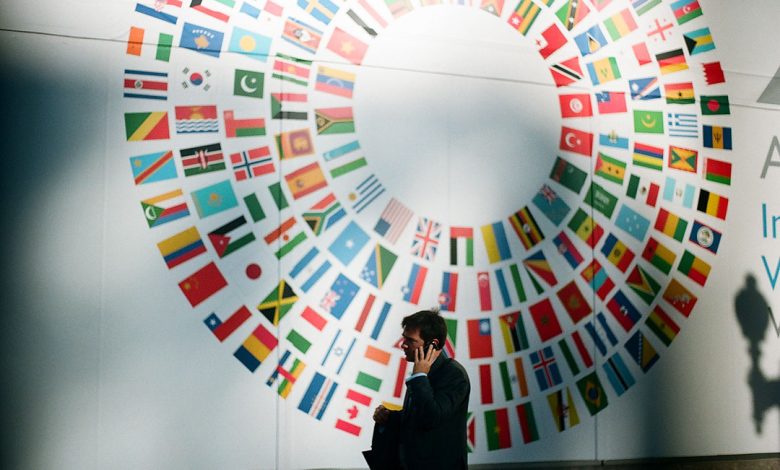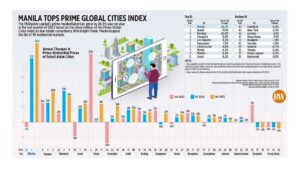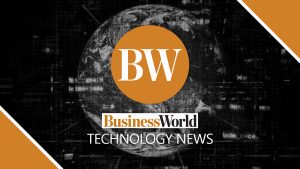World Bank raises PHL growth forecast to 5.3%

THE WORLD BANK raised its Philippine growth forecast for this year to 5.3% following the economy’s faster-than-expected expansion in the third quarter, it said in its East Asia and the Pacific (EAP) economic update report released on Tuesday.
The multilateral lender in September cut its full-year outlook to 4.3% as coronavirus disease 2019 (COVID-19) cases surged, the third time it slashed its gross domestic product (GDP) growth projection for this year after the 5.9% it gave in January.
If realized, a 5.3% GDP growth this year would be a turnaround from the steep 9.6% slump in 2020, but is still lower than the pre-pandemic 6.1% expansion in 2019.
“For 2021, we raised the forecast to 5.3% mainly because of this upside surprise in Q3 numbers,” World Bank Senior Economist Kevin C. Chua said at a briefing on Tuesday.
“What happened in Q3? We saw a second surge in the pandemic due to the Delta variant… But then initially we thought this would impact growth even further, but what happened was mobility wasn’t hampered in the third quarter of 2021.”
Philippine GDP expanded by 7.1% year on year in the third quarter, lower than the 12% posted in the preceding three-month period after lockdowns were reimposed in response to a surge in COVID-19 cases.
Meanwhile, the World Bank expects the economy to expand by 5.9% next year and by 5.7% in 2023. Both are higher than the 5.8% and 5.5% GDP growth it forecasted for 2022 and 2023, respectively, in September.
The multilateral lender’s 2021 growth outlook exceeds the government’s downgraded 4-5% target for the year. However, the forecasts for 2022 and 2023 are both lower than the 7-9% and 6-7% goals for those years.
“The key idea here is that as far the World Bank’s projection is concerned, we considered economic scarring and its relation to the potential GDP of the Philippines,” Mr. Chua said, noting the effects of the pandemic on future growth.
Further reopening will back the economy’s expansion over the next two years, the World Bank said in its report.
“Alongside the progress in vaccination, the domestic economy will further reopen, allowing for a return of market confidence, and more dynamic economic activity. Public investment is expected to be a key growth driver in the medium term as the government is expected to pursue its infrastructure investment agenda, while private investment remains tepid due to subdued lending and market uncertainty,” it said.
“Household consumption is projected to recover as remittances pick up and employment slowly improves, barring new episodes of case resurgence and sudden hikes in inflation.”
The World Bank said a protracted pandemic would continue to be a downside risk to growth, emphasizing the need to speed up vaccination.
Slower growth could mean a widening of the budget deficit, which would require more fiscal consolidation, it said.
“The government is encouraged to pursue a progressive fiscal consolidation plan that protects the poor to ensure long-term fiscal sustainability. It must, however, carefully manage the risks and trade-offs associated with consolidation,” the World Bank said. — Jenina P. Ibañez




